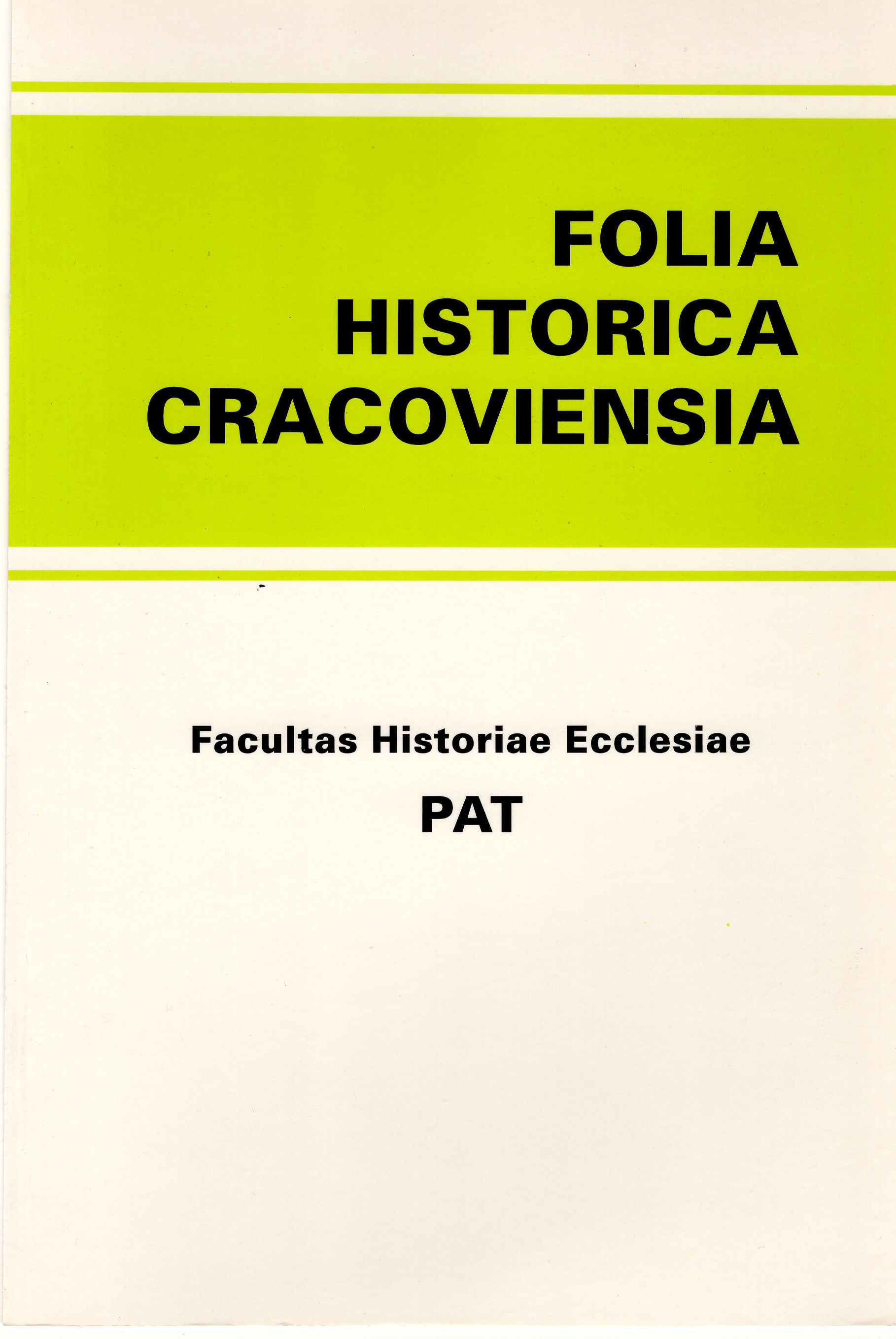Sławne pogrzeby w XIX-wiecznym Krakowie
Famous Funerals in 19th Century Cracow
Author(s): Bernadeta WilkSubject(s): History, Local History / Microhistory, Modern Age, History of Religion
Published by: Wydawnictwo Naukowe Uniwersytetu Papieskiego Jana Pawła II w Krakowie
Keywords: funerals; 19th century; Cracow
Summary/Abstract: Artykuł omawia zjawisko pogrzebów w XIX-wiecznym Krakowie, jako manifestacji patriotycznej. Cracow, the old capital of Polish Kingdom, has always performed a particular role in the Polish history and culture. In the nineteenth century, particulary in the period of galician autonomy 1860-1914, Cracow became the spiritual capital of Poland for generations of Poles who lived in the partitioned country, which was ruled by the three foreign powers together. About this phenomenon decided not only the autonomy but also the old tradition and the symbolism of this town. In the 19 th century and before the First World War, Cracow was the most influential centre of the Polish national life.In this time Crakow’s citizens decided to continue the old tradition of the royal burial. Since there were no longer any Polish monarchs, they resolved that the remains of the greatest national heroes, of writers and artists be buried on the Wawel Cathedral in the cemetery Rakowice and later in the Church of Paulinites fathers “on the rock”. Famous funerals in 19 th century Cracow, of which the best known were those of prince Joseph Poniatowski in 1817, general Thaddeus Kosciusko in 1818, king Casmir the Great in 1869 and of poet Adam Mickiewicz in 1890 alluded to royal ceremonies from the time of Polish independence. These funerals have been one of the main elements in patriotic and religious ceremonies and important part of the nation’s patriotic educations
Journal: Folia Historica Cracoviensia
- Issue Year: 12/2006
- Issue No: 1
- Page Range: 131-150
- Page Count: 20
- Language: Polish

